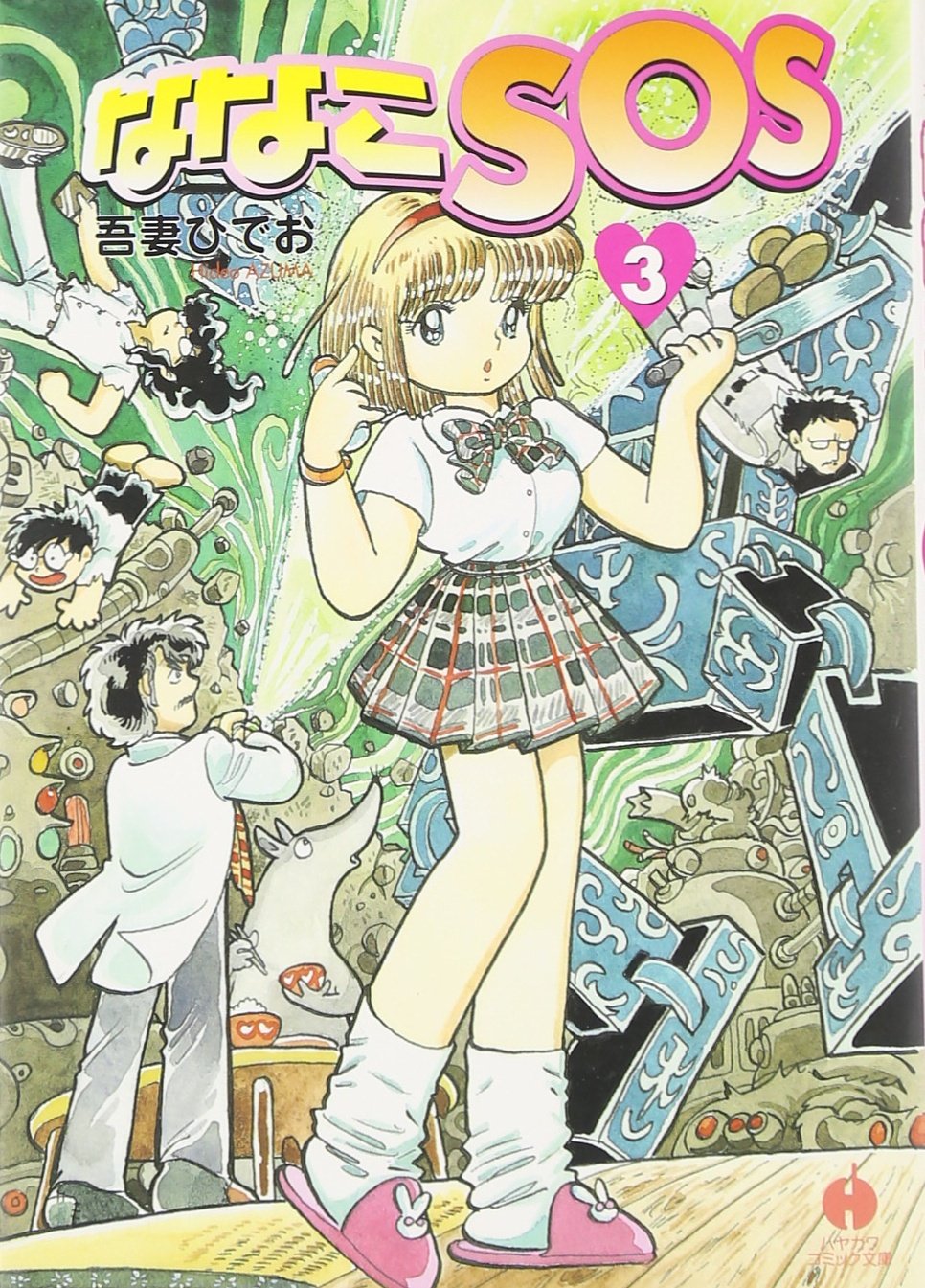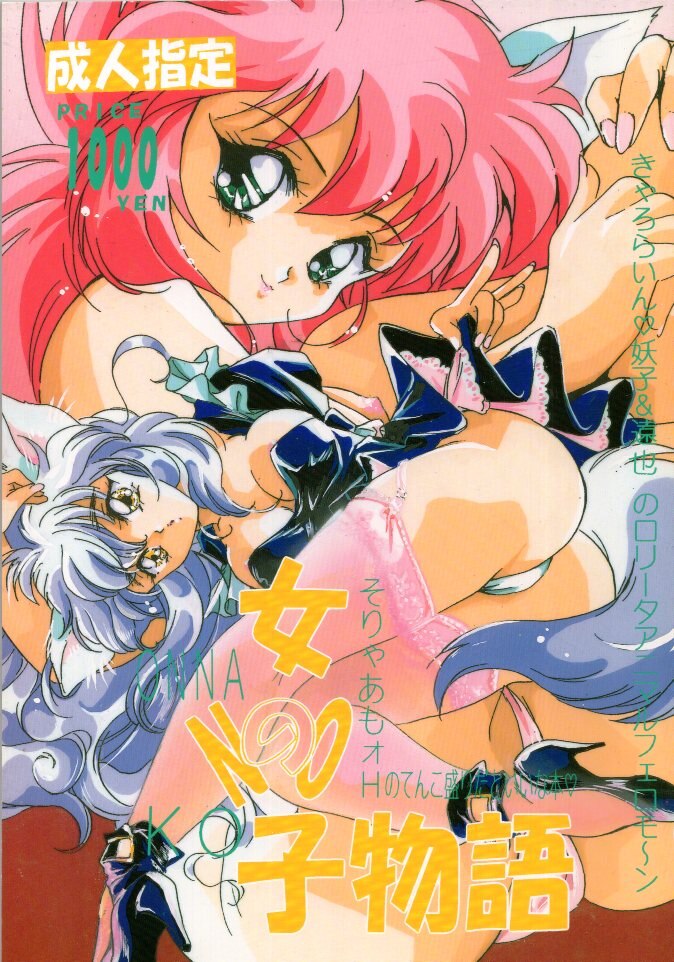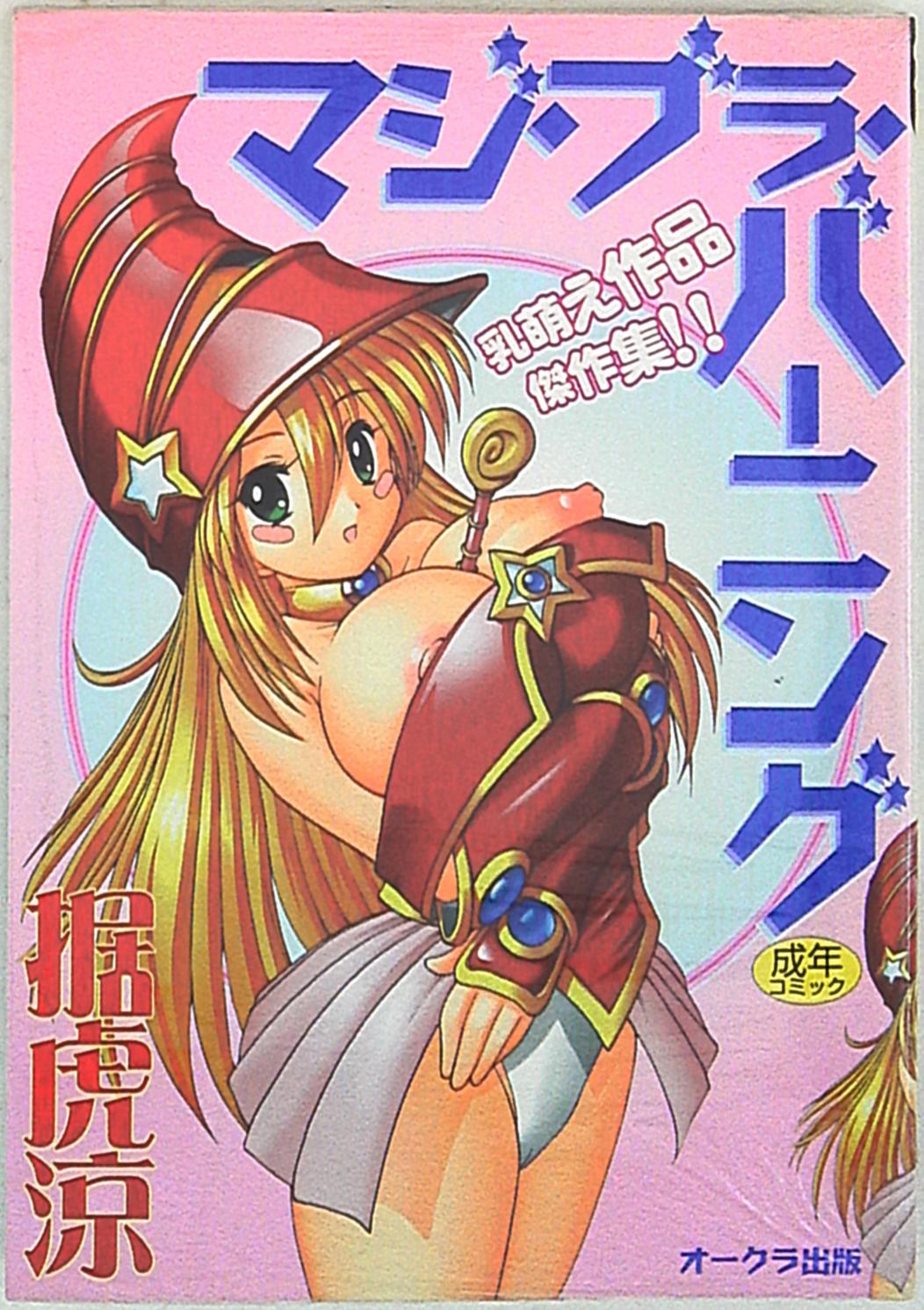The definition of a Loli as a prepubescent female is mostly incorrect. I'm going to briefly explain the history of Lolita Complex in Japan, and hopefully by the end of the post, you'll have a better understanding of this subject and do your own research.
A lot of the things I will explain in English will have their sources listed from the following website.
Clarisse Crisis -Why Lolicon Culture Blossomed in Japan-:
クラリス・クライシス ~なぜ日本でロリコン文化が花開いたのか~ | Renaissance Man
The site owner, who wrote the above page, also wrote the following slideshow in English (though his grasp of English leads to some of his points being difficult to fully understand). Slide 39/78 has images of what Japanese users consider Lolicon manga art.
Clarisse Crisis ~The Soul of Japan 2.0~
Clarisse Crisis ~the Soul of Japan 2.0~ - Download as a PDF or view online for free

www.slideshare.net
★—★
With the above out of the way, I'll begin by listing the actual age-related complexes in Japan.
Red: This is the Lolicon everybody's talking about!
Baby Complex (ヘビーコンプレックス): This shouldn't need an explanation (Toddlercon).
Heidi Complex (ヘイジコンプレックス): These are prepubescent female characters that paedophiles are attracted towards as defined by the DSM. If you've never heard of this before, it's for the reason that there are very, very few actual paedophiles in the world. They're so few that marketing products and making a living on paedo-bucks is extremely niche. For example, Yaoi and BL are common because these are written by and for heterosexual women, whereas Bara is much rarer since it's written by and for gay men.
Alice Complex (アリスコンプレックス ): This is a barely pubescent female, and is the reason the above image was created; it's common for modern day Japanese internet users to assume this kind of character is the quintessential Lolita due to how normalised Lolita Complex has become.
Lolita Complex (ロリータコンプレックス): Jail bait that normal, heterosexual men find optimally attractive. It wasn't until a few generations ago that it was legal to distribute pornographic content of this group before laws and social norms changed, but vestiges still exist if one probes deep enough into places like Hollywood (e.g. Conan the Destroyer). True to its nature of traditionalism, Japan was one of the countries to drag its feet behind Europe and the United States when it came to making the sale and possession of this stuff illegal.
It's important to understand that due to how slow Japan was in catching up with the rest of the civilised West, the sale and possession of Junior Idol content wasn't uncommon. The word Lolita was everywhere and used to even describe adult idols (Hitomi Tanaka had one site describe her as a 'Busty Loli-faced Onee-san). Adult comics drawn back in the 1970s and earlier were mostly drawn in a traditional style where the anatomy and faces of the characters are proportional and everyone looks Japanese.
However, this all changed when Azuma Hideo (吾妻 ひでお), a mangaka known as the Father of Lolicon, combined the supernormally cute faces and large-eyes found in Shoujo manga, and marketed characters with this aesthetic towards men. The art-style proved to be insanely popular, and sparked a new age known as the 'Lolicon Boom' (ロリコンブーム) in the 1980s.
1970s: Horror Manga Period
1980s: Lolicon Boom (2D-Complex)
1990s: Media Mix Period
2000s: Moe Boom (Lolicon 2.0)
An academic known as Patrick Galbraith wrote books in an attempt to share some of this manga history with an English-speaking audience.
Lolicon: The Reality of ‘Virtual Child Pornography’ in Japan':
The PDF includes scans of Lolicon material to show examples of the old, realistic art-style and the new Lolita/Bishoujo artstyle that has pervaded anime and manga. It's also important to note that the characters are pubescent and voluptuous by Japanese standards (the average cup size of an adult Japanese woman back then was a mere A-cup, so a Lolita/Bishoujo with B-cups is large in comparison). The sexy bodies of the average Lolita character could be attributed to Japanese males finding the bodies of western women attractive (long legs, wide hips, big breasts, etc.). Nagai Go said he designed his female characters based off the bodies of western Playboy models; he did this with the elementary schoolgirls in his debut manga called 'Harenchi Gakuen' (ハレンチ学園) in Shonen Jump, which was a huge hit with its young, male readers, but earned Nagai the ire of the mothers and the Japanese PTA (Parent Teacher Association) who would harass Nagai for being a bad influence on children.
Nanako SOS by Azuma Hideo:
Essentially, all of the anime you see where the characters are cute and have huge eyes is Lolicon. This is why the first ero-anime is called 'Lolita Anime' (ロリータアニメ). Lolita is synonymous with Bishoujo (美少女) and these words are used interchangeably in describing this art-style.
At the forefront of the Lolicon Boom were the magazines 'Manga Burikko' (漫画ブリッコ) and 'Lemon People' (レモンピープル). Both of these were Adult Lolicon magazines, though the contents run the gamut from all-age to erotic in later issues. Back in the 1980s, there was no age restrictions on where you could buy video games or magazines, but this changed after the societal backlash against Lolicon in the late 80s that forced magazines to sell erotic comics in separate issues out of the reach of children.
One of the most popular manga artists during the Lolicon Boom was a guy called Uchiyama Aki (内山 亜紀), known as the King of Lolicon, and one of his popular serials in a children's magazine called 'Andoro Trio (あんどろトリオ) is incorrectly tagged as Hentai by a western manga site. The gag style of the 'Andoro Trio' manga is similar to 'Doctor Slump' or 'Dragon Ball' (early parts) by Toriyama Akira. Uchiyama Aki was so popular, he was going to do the character designs for the 'The Super Dimension Cavalry Southern Cross' anime (this anime appeared in the west as part of Robotech), though he was replaced late in development with someone else, but promotional material for the anime featured Uchiyama Aki's designs and manga.
The Super Dimension Cavalry Southern Cross Guide Book:
Click Here (Do a search for '内山' to find his contributions.)
When budding artists list the artists that inspired them in later issues of 'Lemon People' in the 1990s, Azuma Hideo, Sennou Knife, and Uchiyama Aki's names are often brought up.
Manga Burikko is also the magazine where the word 'Otaku' originated. A young guy called Nakamori Akio didn't like the fans of this new 'Lolita/Bishoujo' art-style after he took a trip to Comiket, and decided to write columns in Manga Burikko called 'Otaku Research' (『おたく』の研究) from 1983 to 1984, where he would share his negative opinion of the magazine's 2D-Complex Lolicon readers by calling them Otaku, and comparing them to all sorts of other people he disliked and thought were uncool. Nakamori was banned from using the word 'Otaku' in his last column, but he still found a way to dig underneath the reader's skin, so the magazine editor decided to not let Nakamori write any more columns. But eventually Nakamori would have his revenge when he released his book in 1989 called 'Mの世代 ぼくらとミヤザキ君 ' (M's Generation: 'Us and Miyazaki-kun') about a guy called Miyazaki Tsutomu who murdered 4 little girls. This book introduced the mass media to the word Otaku and it spread like wildfire, imprinting on the Japanese conscience that the young men that read manga or watch anime past a certain age are all ticking time bombs that are going to turn into another Miyazaki.
Nakamori Akio's Columns (Japanese):
80年代を駆け抜けた伝説の美少女コミック雑誌「漫画ブリッコ」に掲載された「おたく」という言葉が始めて紹介された記事『おたく』の研究を紹介

www.burikko.net
Essentially:
Lolicon=2D-Complex=Otaku
Lolita Animal Pheromones (ロリータアニマルフェロモ~ン)
The above female characters are Loli because they're drawn in the Lolita/Bishoujo artstyle. The doujin was released in the mid 1990s and is a good example of what serves as a Loli to the average Japanese Otaku.
Nowadays, due to the Moe Boom, the definition of a Lolita in Japan has shifted towards an Alice for younger internet users, but even then, the vast majority of characters called Loli are not prepubescent. The prepubescent thing seems to be something concocted by western paedophiles, and I personally am interested in the history of how words like Otaku and Lolicon were introduced, misunderstood, and mutilated by western internet users.
Contours of Lolicon by 'Pause and Select':
This is the third part of a video series Pause and Select did in collaboration with Patrick Galbraith about Moe and Lolicon in Japan. One thing I'm disappointed by is that Patrick doesn't mention anything related to neural science and tends to apply his modern, vague definition of moe to the past. Considering that Nekopara has over 3 million sales on Steam, and is considered Lolicon by its creators, I would've liked it if Patrick mentioned Neoteny and Supernormal Stimulus. Humans are a neotenic species; we look like the juveniles of our ancient ancestors after generations upon generations of sexual selection. This is why bodily shaving, makeup, and so on are a common practice among our species; we want to present ourselves as being young and at peak sexual attractiveness. With drawings, we can modify the bodies of the characters to garner an even stronger response from our brains, which is why the Lolicon art-style with the huge eyes and heads has made things like Nekopara such a huge hit. It's because of this that Japanese internet users sometimes joke that all Japanese men are Lolicon with mother complexes; they're attracted to females that are unnaturally young and cute, but also have the voluptuous bodies of fertility goddesses.




